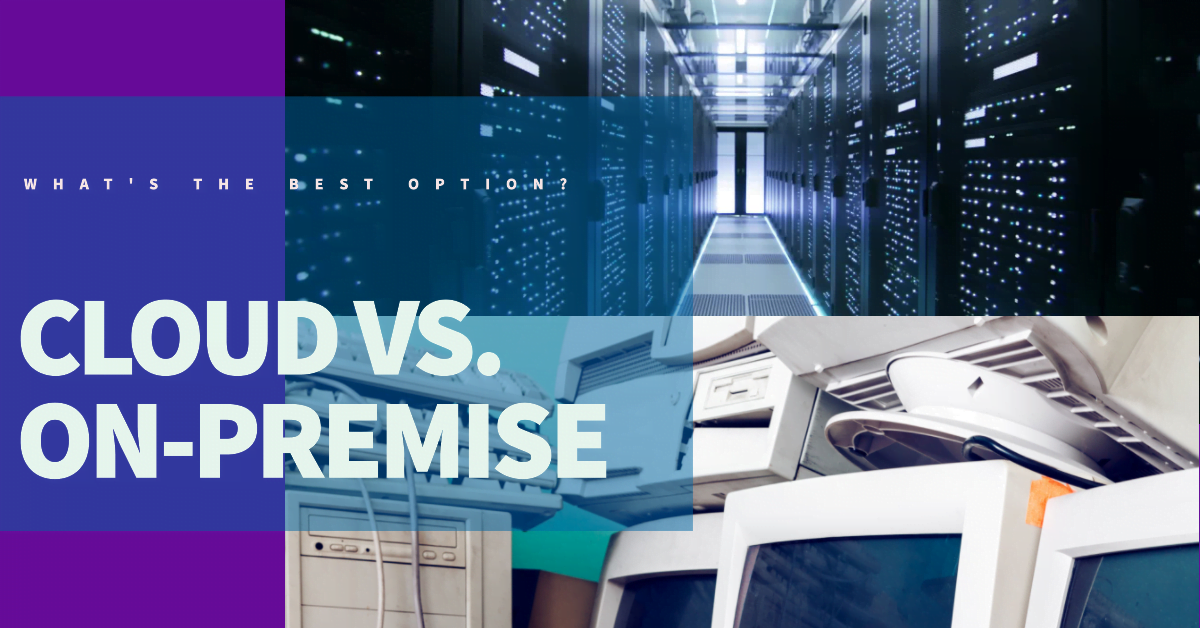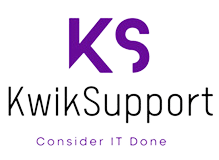
Cloud vs. On-Premise Solutions: Which is Best for Your Business?
As a small business owner or home office user, choosing between cloud and on-premise solutions for your IT infrastructure can be a daunting task. Let’s compare the pros and cons of cloud and on-premise solutions to help you determine the best fit for your organisation.
Understanding Cloud and On-Premise Solutions
Cloud Solutions
Cloud solutions refer to IT services and resources that are hosted, managed, and accessed through the internet. These services are provided by third-party vendors, such as Microsoft 365 and Google Workspace. With cloud solutions, you don’t need to invest in physical hardware or manage software updates, as everything is managed by the provider.
On-Premise Solutions
On-premise solutions involve deploying and managing IT resources, such as servers and storage, within your organisation’s physical location. This means that you have full control over your infrastructure, software, and data. However, it also requires a significant investment in hardware, maintenance, and IT expertise.
Comparing the Pros and Cons
Cost
- Cloud Solutions: Typically have a lower upfront cost, as you only pay for the services and resources you use. This makes it easier for small businesses and home office users to get started with minimal investment. However, ongoing subscription fees can add up over time and may become more expensive than on-premise solutions in the long run.
- On-Premise Solutions: Require a larger initial investment in hardware, software, and infrastructure. But once the investment is made, you have more control over ongoing costs.
Scalability
- Cloud Solutions: Offer excellent scalability, as you can easily add or remove resources based on your needs. This is particularly beneficial for businesses with fluctuating demands or plans for growth.
- On-Premise Solutions: Scaling can be more challenging, as it may involve purchasing additional hardware and dealing with physical space limitations.
Security
- Cloud Solutions: While cloud providers invest heavily in security measures, concerns about data privacy and control remain. However, using a reputable cloud provider and implementing strong security practices, like multi-factor authentication, can mitigate many risks.
- On-Premise Solutions: Offer more control over security, as your organisation is responsible for implementing and maintaining security measures. However, it also means that you bear the full responsibility for protecting your data and infrastructure.
Maintenance and Support
- Cloud Solutions: Maintenance, updates, and support are typically included in your subscription fees. Cloud providers handle software updates, security patches, and other maintenance tasks, allowing you to focus on your core business activities.
- On-Premise Solutions: Maintenance and support are your responsibility, which can be time-consuming and require in-house IT expertise. However, partnering with a comprehensive IT support service provider like Kwik Support can help manage these tasks.
Making the Right Choice for Your Organisation
To determine the best fit for your organisation, consider factors such as:
- Budget constraints
- IT expertise and resources
- Security and compliance requirements
- Need for control over infrastructure and data
- Scalability and flexibility requirements
Hybrid Solutions: The Best of Both Worlds?
For some organisations, a hybrid approach that combines cloud and on-premise solutions may be the best fit. This approach allows you to take advantage of the benefits of both options while mitigating some of their drawbacks. For example, you could use cloud services for non-sensitive data and applications while keeping sensitive data and critical applications on-premise.
A hybrid solution can offer:
- Flexibility: Customise your IT infrastructure to meet your organisation’s unique needs by mixing and matching cloud and on-premise components.
- Cost-efficiency: Strike a balance between upfront investment and ongoing subscription fees by carefully selecting which components to deploy in the cloud and which to keep on-premise.
- Security: Maintain control over sensitive data and applications, while still benefiting from the advanced security measures provided by cloud providers.
Keep in mind that a hybrid approach can also add complexity to your IT environment and may require more advanced IT expertise to manage effectively. If you’re considering a hybrid solution, working with an experienced IT support provider, like Kwik Support, can help ensure a smooth transition and ongoing management.
Final Thoughts
Choosing between cloud and on-premise solutions is a critical decision for your organisation, but it doesn’t have to be overwhelming. Take the time to assess your organisation’s needs, priorities, and resources, and don’t hesitate to seek professional advice. Remember that the right choice will ultimately depend on your unique situation and requirements.
By carefully considering the pros and cons of each option, and potentially exploring hybrid solutions, you can make a well-informed decision that will support your organisation’s growth and success.
For more information on IT solutions and services, be sure to explore the wealth of resources available at Kwik Support, including articles on topics such as data protection and maintaining business continuity.
